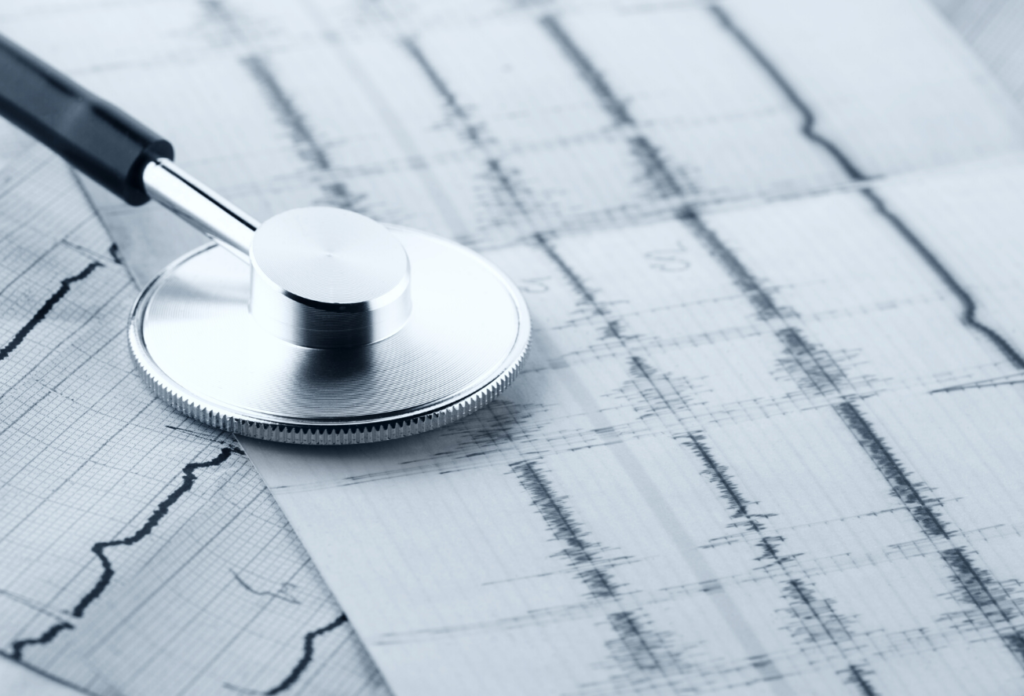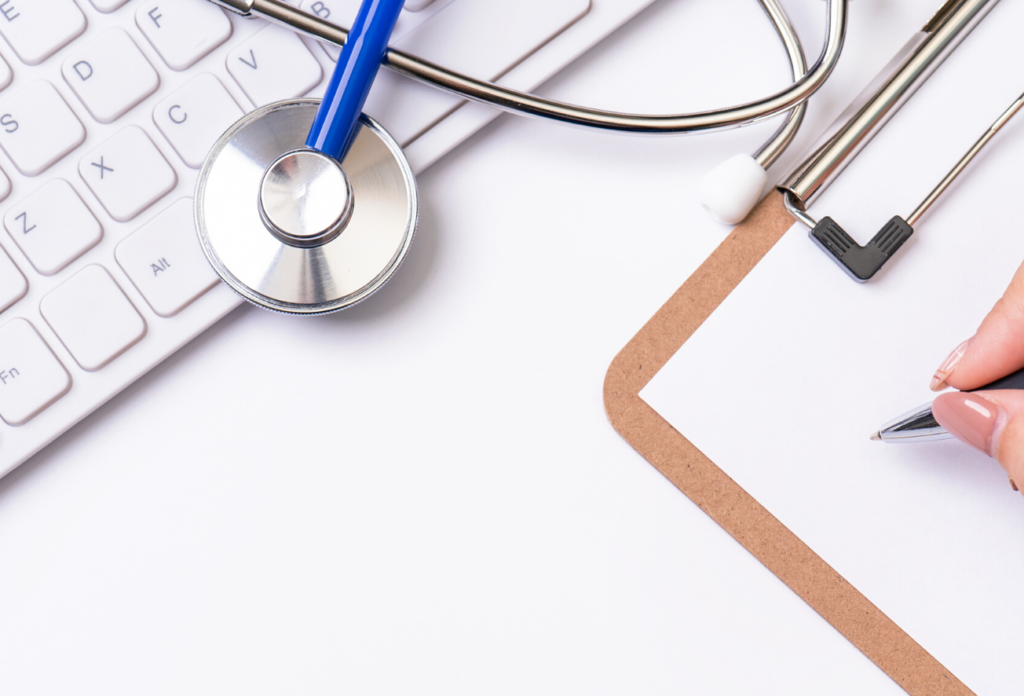COVID-19 Tracing: Technology Woes Hinder Real-Time Data Sharing
May 11th, 2020
COVID-19 tracing should be providing critical data to understand the pandemic’s spread. Instead, outdated workflow tools are impacting tracing efforts.

One of the most critical aspects of understanding how a virus spreads is to trace it. COVID-19 tracing should be driving insights on contagion. Instead, a lack of technology infrastructure is impacting the collection and sharing of the data. There’s no real-time data sharing happening here—that’s because many virus hunters are relegated to outdated tools, including faxing, paper records, and Excel spreadsheets.
It’s 2020, and although technology has improved the healthcare model, years of missed opportunities to ensure accessibility, interoperability, and portability have led us to where we are now. We’re in the middle of a healthcare crisis that depends greatly on data-driven insights. Except those insights are facing a bottleneck because of old technology.
Public Agencies Are Behind
It may seem ironic that government agencies are behind when it comes to technology. After all, federal entities like HHS and CMS define the technology requirements, just as they have in the new interoperability rule. Many areas of the U.S. healthcare system have fully adopted a digital transformation, but public agencies are lagging.
Congress approved $500 million for health data in the relief package, which should benefit virus tracing activities. Yet those tasked with COVID-19 tracing are hitting roadblocks at every turn. They are drowning in paper records and using outdated and have only inaccurate spreadsheets to track how the virus spreads.
The entire process has become manual, and each state has its own processes and hurdles, making it extremely hard to be efficient and effective.
Inability to Connect the Dots on COVID-19 Tracing
Many states are using data streams from multiple sources to augment their tracing data, such as cell phone records. However, having access to this information isn’t really providing clarity because they can’t use it to connect the dots in real-time.
Rather, these individuals are left with a mess of unconnected and dirty data. They are sifting through incomplete data. They may have provider information on symptoms of the virus or lab test results, but they aren’t aggregated.
Further, there is so much MISSING data, as 25% of the country’s hospitals DO NOT feed information to federal websites about patient symptoms. It’s just bits and pieces with no guidance on how to improve data sharing.
Data Challenges Nothing New for Tracing

The challenges the healthcare ecosystem is facing now isn’t new. Scientists and medical professionals have been lamenting over the inconsistencies for some time. It’s been years of frustrations that impede the country’s ability to track illnesses to either find the source (i.e., foodborne illnesses) or tracking contagiousness.
Minimal investment in public health surveillance and conflicting reporting mandates are the cause of where we are now, according to experts. The problem just has more eyes on it now.
Healthcare Data Shortcomings Now More Urgent
Now the concerns and worry have become more urgent, with politicians looking for answers from the CDC about how they’ll use the $500 million data money. A group of senators submitted a letter to Senate leaders about the concerns, stating “Public health departments are unable to share data on cases, persons under investigation, laboratory tests and person-to-person transmission with the CDC seamlessly — instead they are forced to rely on a combination of methods: antiquated pen and paper, faxes, excel spreadsheets, phone calls, and manual entry.”
The CDC’s response is that they will detail spending in the coming weeks. They expect to spend some of it on updating its own systems and hiring more employees. The agency also intends to give out grants to local health agencies so that they can share and report data more effectively. That money is sorely needed at the county level, where tracers are literally working on paper and Excel. These rudimentary ways to collect data means it takes hours to try to establish the medical history of patients.
Why the Dependence on Paper?

Remember when EHRs were deployed? There were incentives from the government for providers to move toward electronic records. EHRs and other applications were supposed to eradicate paper from the process. Yet, paper is still a regular part of healthcare records.
Most tracers now have to depend on a paper-based system to gather information about infection rates. That same paper process is then supposed to provide insights for healthcare entities. Looking at the details, you can easily see the disconnect:
- Physicians are supposed to flag public health departments when they diagnose certain conditions.
- This reporting requires a paper form. This means lots of cases never end up flagged, so many diseases are unreported, which some experts say could be as high as 10%.
- Reporting standards also vary by county, and if a patient lives and works into different jurisdictions, both must receive the report.
- Reporting is not a federal requirement of the EHR program; due to this, disease tracking technology hasn’t been fully adopted.
What’s the Answer for Better Public Health Surveillance?
The COVID-19 tracing has brought the issue front and center. Yet, there haven’t been any real changes. CDC employees are still “digging” through paper records to understand the spread. So, what’s the answer to better public health surveillance?
The CDC and providers were testing a new system, eCR, prior to the pandemic. The system removes manual reporting and streamlines the process. It’s now available in some states with a soft rollout. It pulls data from EHRs and then formats them as case reports. Those reports end up in a central hub, which then dispatches them to the appropriate agencies.
The problem is that most providers don’t have the bandwidth to launch the eCR. They are burdened by all the stresses and demands from the coronavirus, relegating data sharing and public health surveillance to a lower priority. Healthcare systems certainly see the value, as do some EHR vendors, but don’t have the resources to improve their workflows.
A Data Liaison Can Help You Share, Clean, and Aggregate Your Data
In these situations, organizations should seek out data liaisons that have extensive experience with PHI data sharing. By outsourcing some elements of data sharing, cleaning, and aggregating, providers can not only contribute to COVID-19 tracing but also improve interoperability. There’s no doubt that healthcare needs to move forward with a better way to manage their data. Find out how InfoWerks can be a key partner to make this happen.